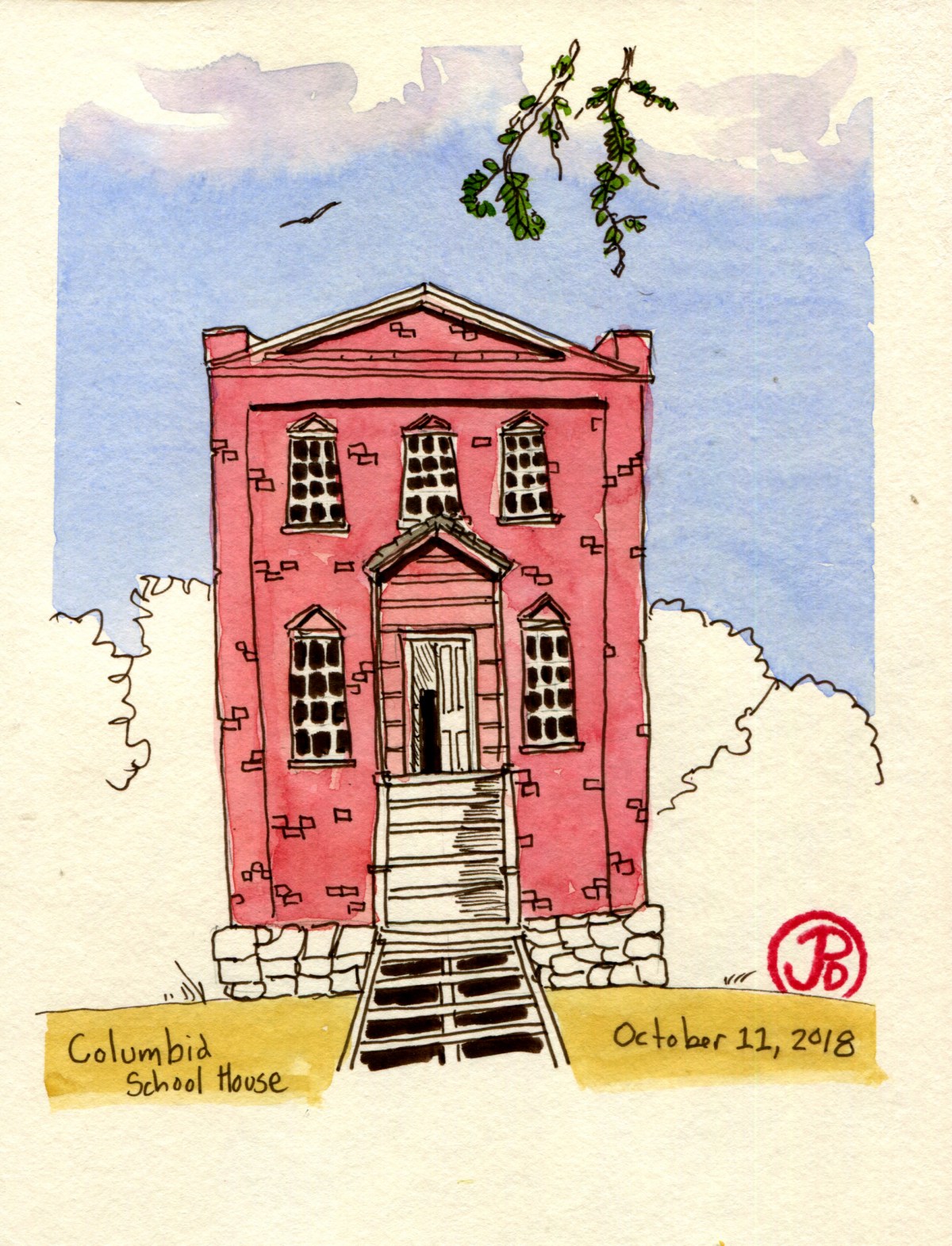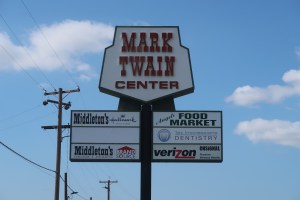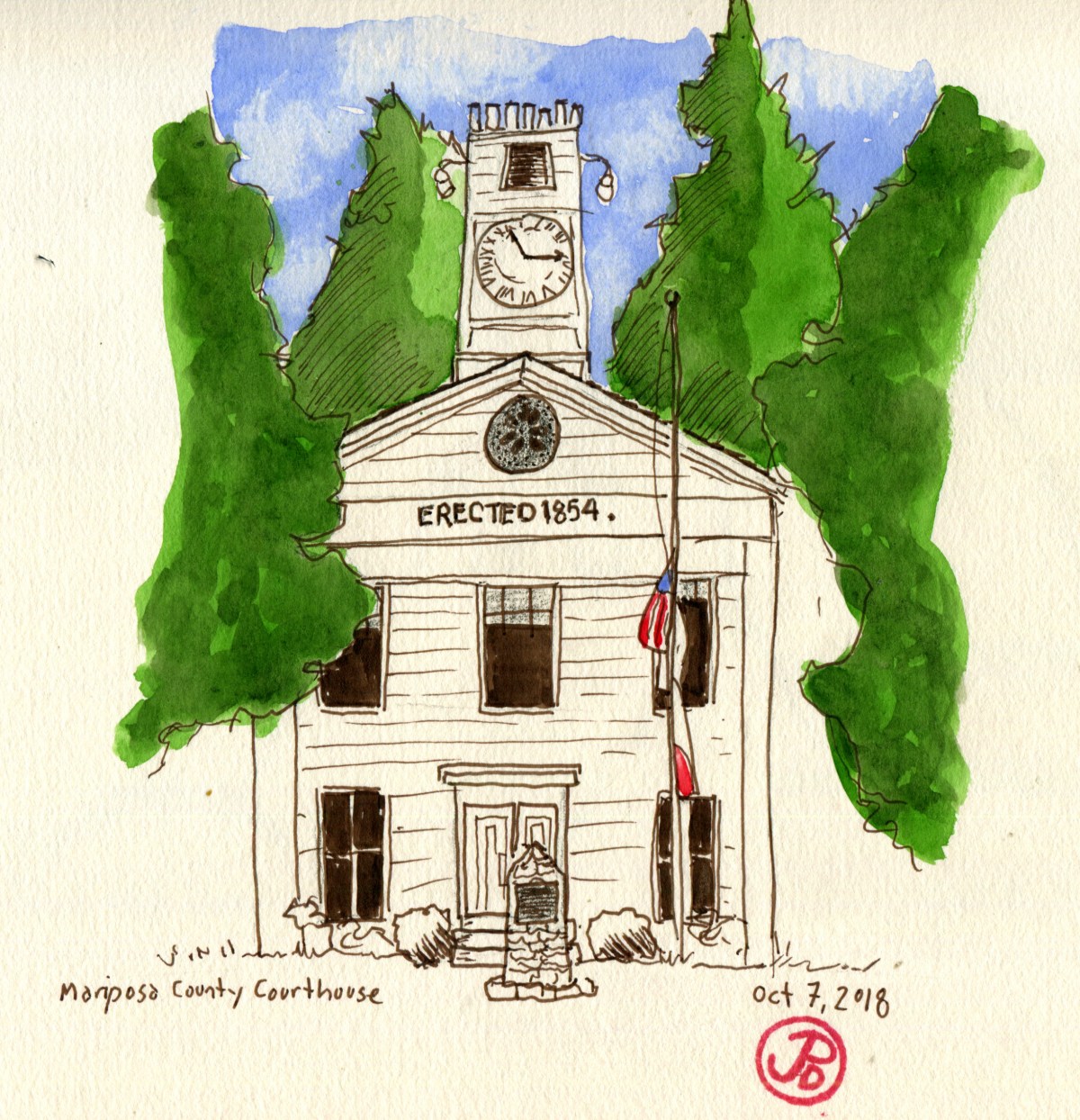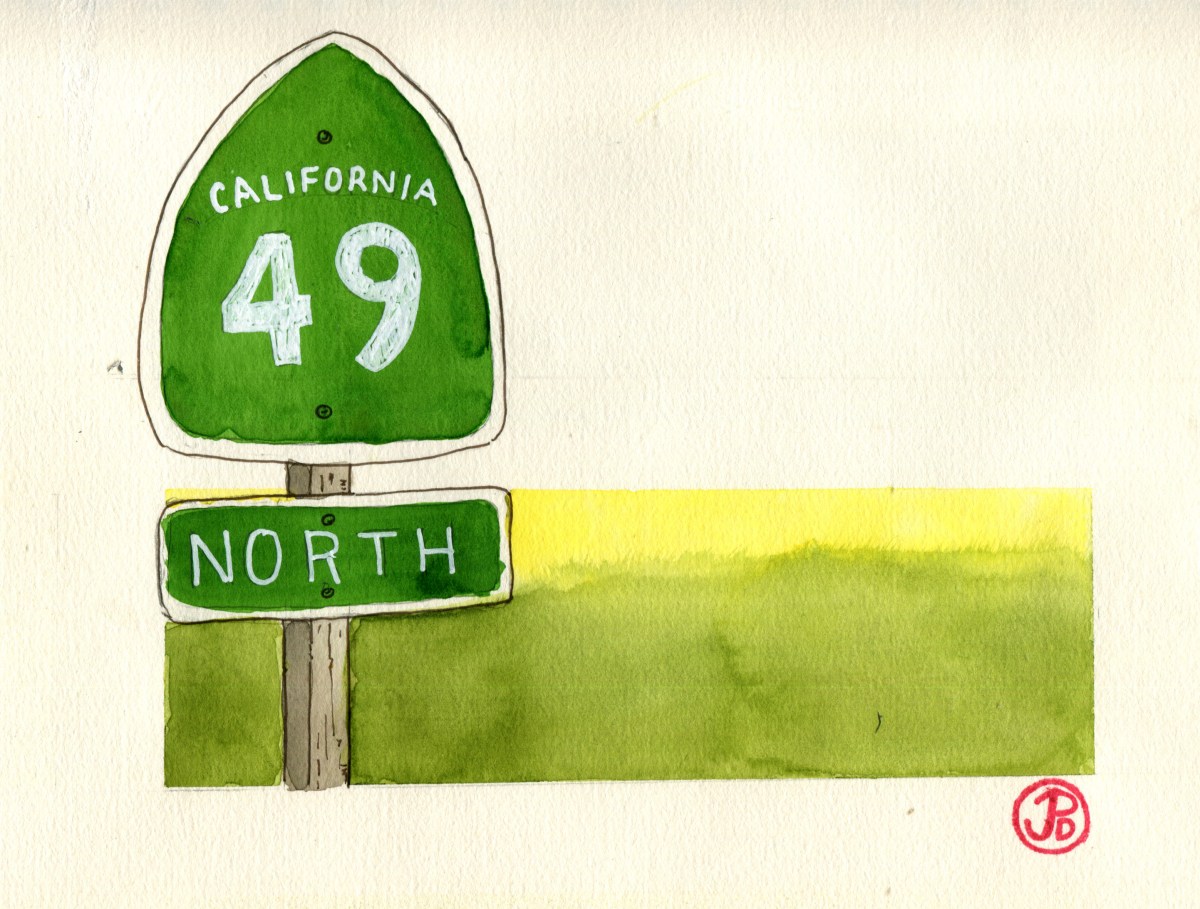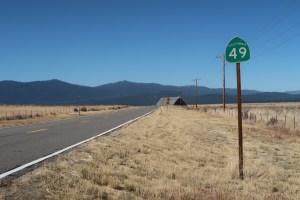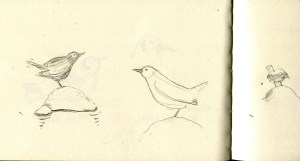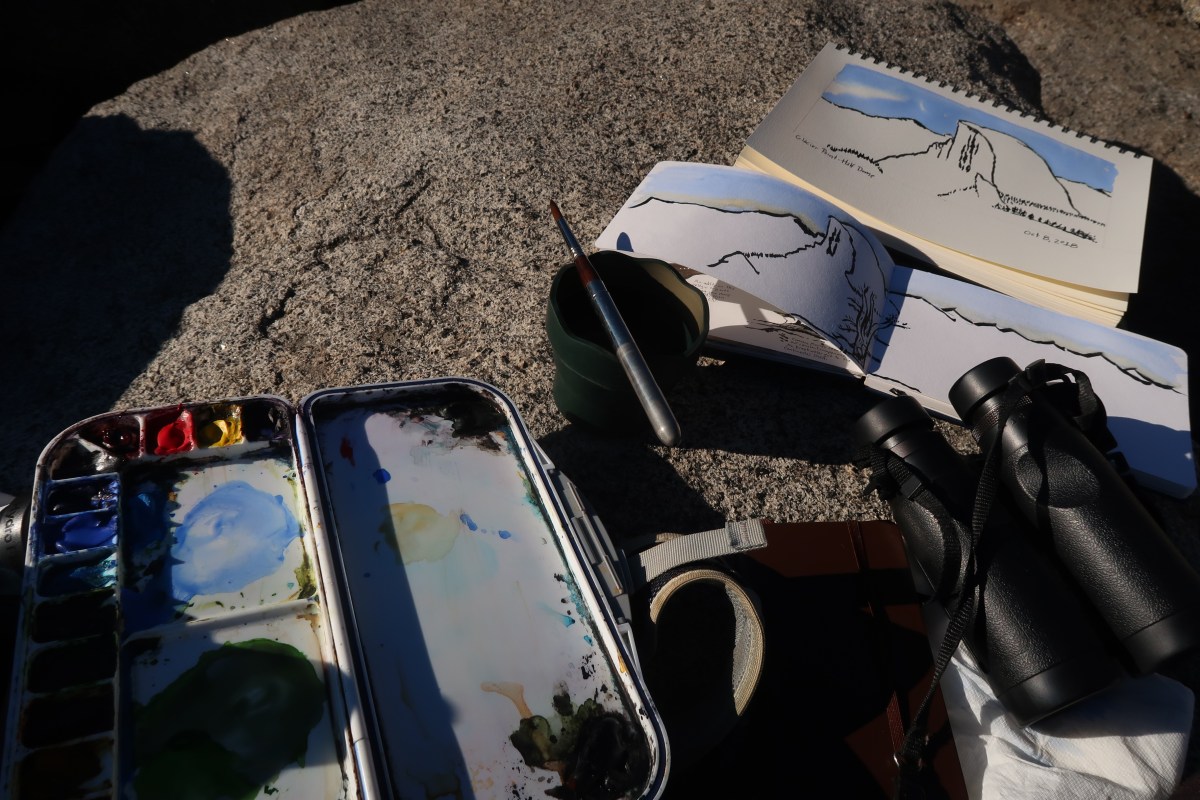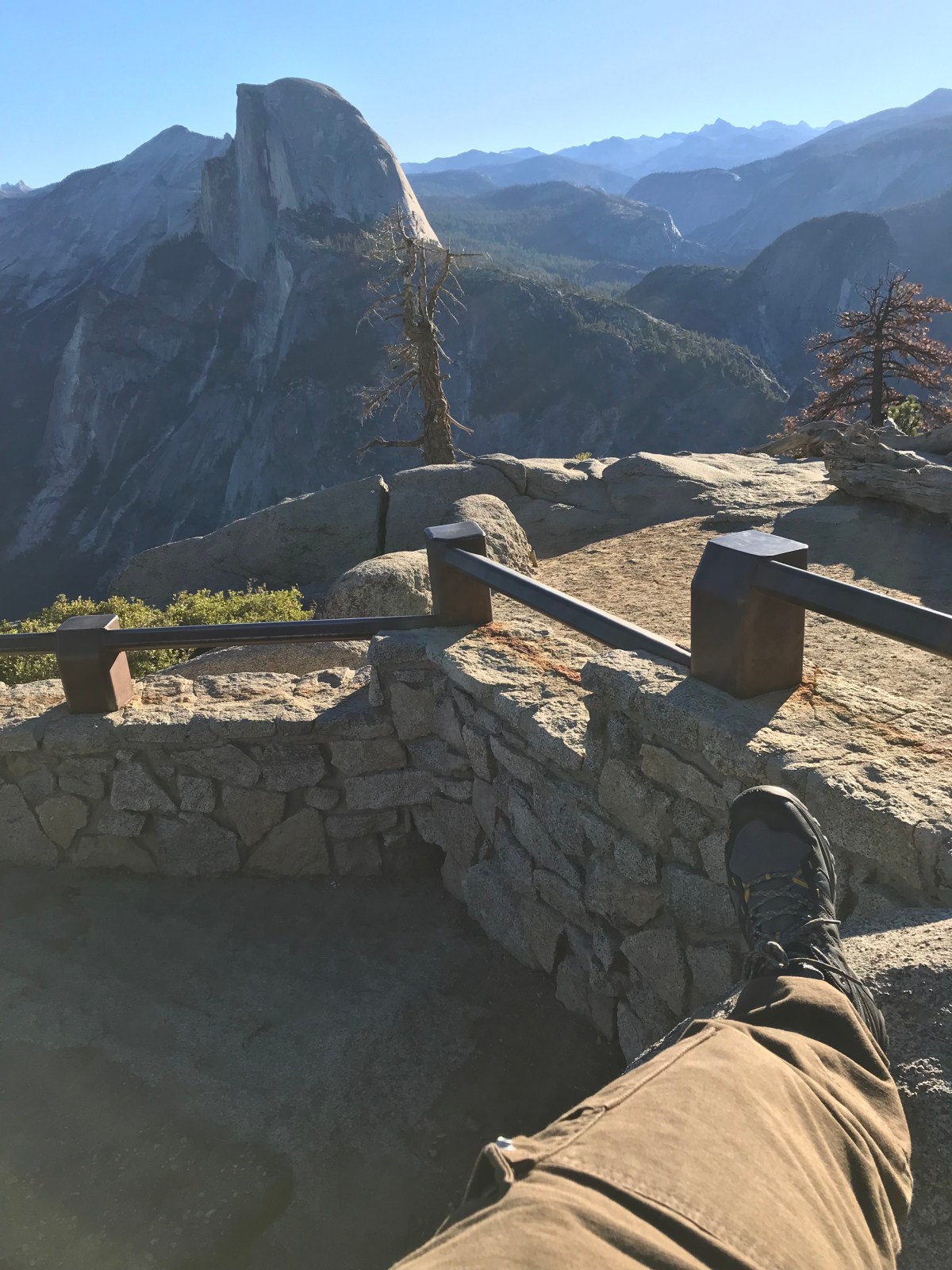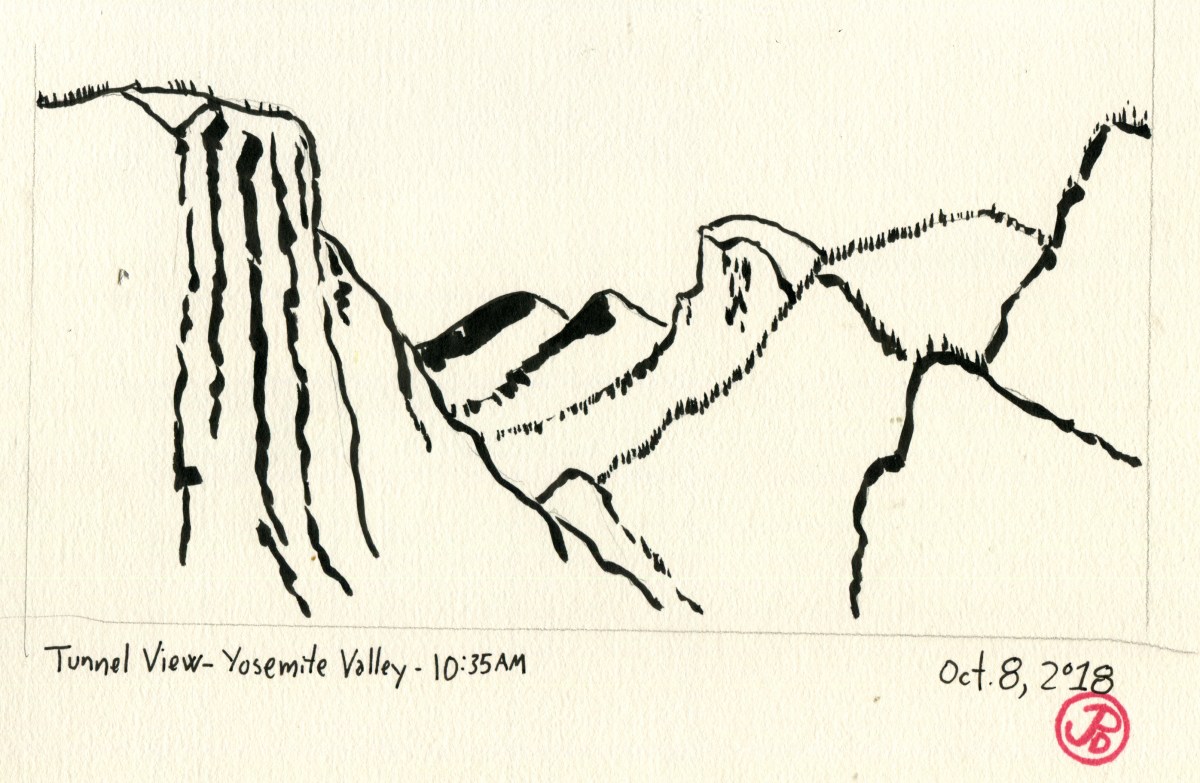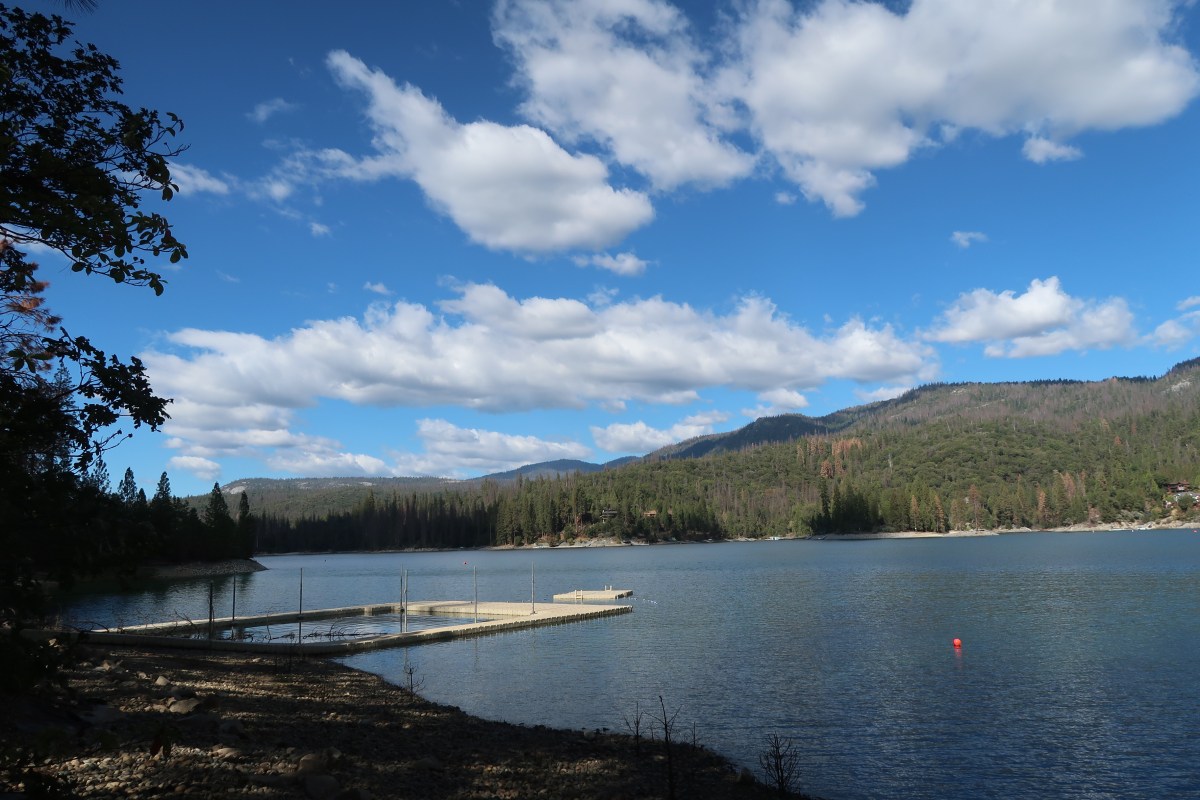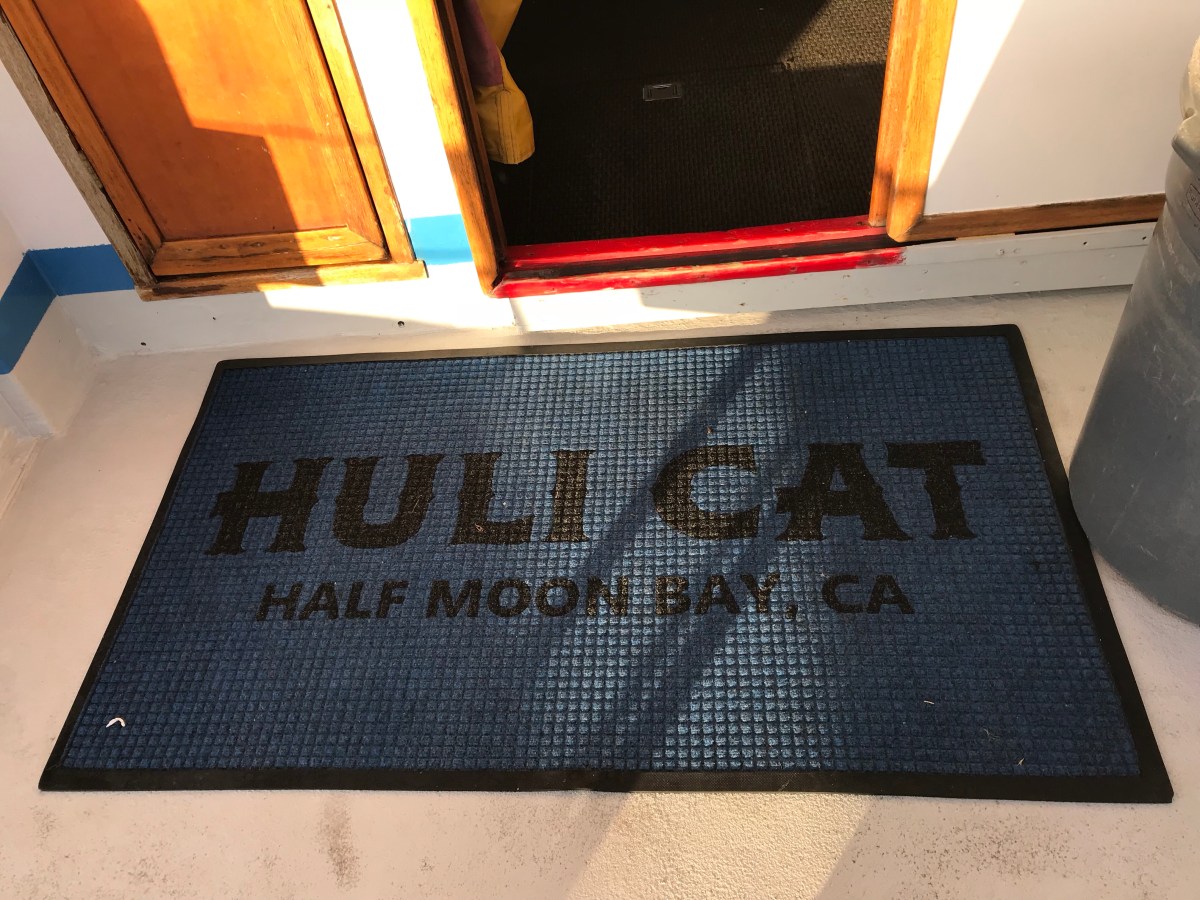The Gold Rush was a time of boom and bust. Many towns first started as miner’s camps composed of canvas tents centered around a mining area. Perhaps tents were replaced by more permeant structures made of wood. In most miner towns there inevitably was a fire which destroyed all or part of these mining towns. When the towns were rebuilt, the structures were built of brick and it is these structures that are around today, either as a still functioning structures or as a Gold Rush ruin.
Many of the towns that I drove through on Highway 49, tell of this boom and bust. Some towns would have populations of 3,000 or 5,000 people at their height and then the diggings would be mined out and the town’s population would disappear to the next new gold discovery site. No two towns exemplify this today more than the prosperous town of Columbia and the virtual ghost town of Hornitos.
Gold was discovered in the area around Columbia on March 27, 1850. Columbia became a boomtown with its population swelling to 5,000 with 150 saloons to quench the thirst of parched miners. Over that time $150 million worth of gold was mined from the hills surrounding the town becoming one of the most prosperous areas in California’s Gold Country. At one time, Columbia was the second largest city in California and was once considered for the site of the state capital.
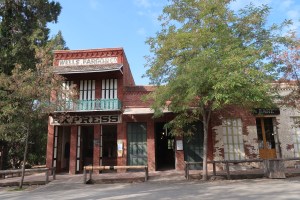
The centerpiece of Columbia State Historic Park, the 1858 Wells Fargo & Company building. More than 1.4 million ounces of gold was weighted out in this building.
By the 1860’s, most of the gold had been mined out and the population decreased. But Columbia never became a ghost town. The two story brick schoolhouse (built in 1860), which was used up until 1937, speaks to the vibrancy of the town that never gave up the ghost.
In 1945 the state bought the land and preserved the site of the historic downtown as Columbia State Historic Park. It now represents the largest collection of Gold Rush era buildings in existence. Walking down Main Street is to take a step back in time.
During the Gold Rush, Hornitos was known as one of the roughest and toughest towns among the southern mines. The outlaw Juaquin Murrietta is reputed to have used Hornitos as a hideout. The town predates California’s Gold Rush and was founded by Mexicans who were kicked out of nearby Quartzburg. During its height it is said that Hornitos had a population of 15,000 and was the only incorporated town in Mariposa County.
Now Hornitos is a backwater, 13 miles from Highway 49 in what seems like the middle of nowhere. The town, well really settlement might be a better name for it, now has a population of about 60 souls. But as I walked the street of “downtown” Hornitos, the only sign of life were the cows in the far fields and 80’s pop music blaring from a house that looked it had been abandoned back it the late 80’s. At least they have electricity in Hornitos.

I was standing in front of the building that had drawn me away from Highway 49 to this small town. The red brick building is now just a hollow shell of its former self, a ruins of a former business started by an Italian immigrant. His name was Domenico Ghirardelli and it was in this brick building that his chocolate empire began. Here in Hornitos, Ghirardelli ran a general goods store from 1855-1858 and he sold the store and headed to San Francisco to start his chocolate business.

This ruins is a reminder that the people who made money during the Gold Rush were not always mining for gold, they were mining the miners.
